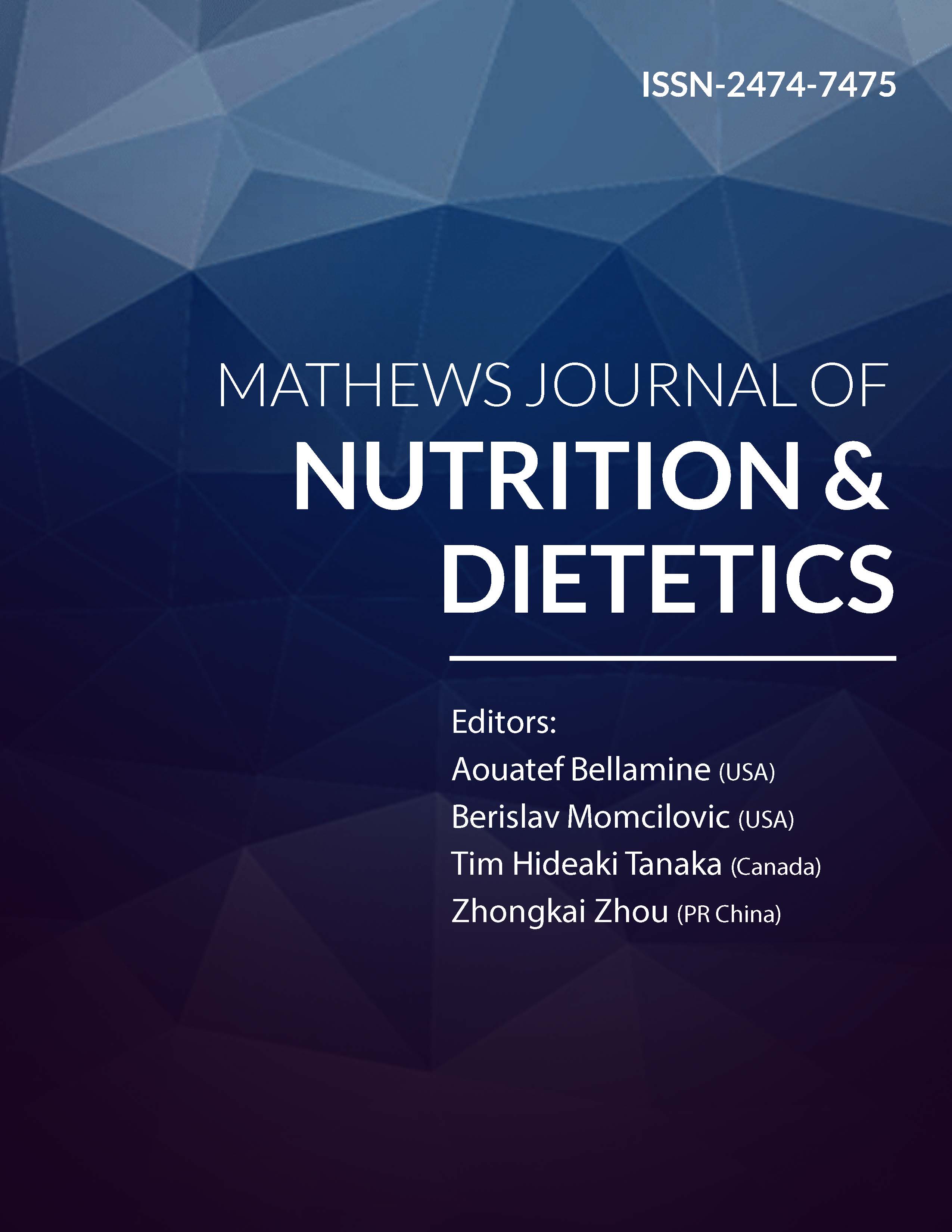
Information Links
Previous Issues Volume 1, Issue 1 - 2016
Assessing Human Environmental Aluminum Exposure by Analysing Frequency Distribution Properties of Hair and Whole Blood Aluminum Concentrations
Berislav Momcilovic1 , Juraj Prejac2 , Andrey Anatolyevic Skalny3 , Eugeny Petrovich Serebryansky3 , Ninoslav Mimica4
1 Institute for Research and Development of the Sustainable Ecosystems (IRES), Srebrnjak 59, 10000 Zagreb, Croatia.
2 University Hospital Centre Zagreb, Deparmtent of Oncology, Kišpatićeva 12, Zagreb, Croatia.
3 ANO Center for Biotic Medicine, Zemlyanoi val 46-48, 103604 Moscow, Russia.
4 University Psychiatric Hospital Vrapče, Bolnicka cesta 32, 10 090 Zagreb, Croatia.
Corresponding Author: Berislav Momcilovic, Institute for Research and Development of the Sustainable Ecosystems (IRES), Srebrnjak 59, 10000 Zagreb, Croatia, Tel: +38512430288; Email: [email protected]
Received Date: 01 Mar 2016
Accepted Date: 16 Mar 2016
Published Date: 04 Apr 2016
Copyright © 2016 Momcilovic B
Citation:Momcilovic B, Prejac J, Skalny AA, Serebryansky, et al. (2016). Assessing Human Environmental Aluminum Exposure by Analysing Frequency Distribution Properties of Hair and Whole Blood Aluminum Concentrations. M J Nutr. 1(1): 001.
ABSTRACT:
Aluminum is an omnipresent non-essential trace element in the human diet and an essential component of numerous industrial processes. The Al population exposure risk is increasing, but there is no long-term biomarker for the exposure assessment. We analyzed Al with ICP MS in the hair (AlH) and whole blood (AlWB) in 311 healthy persons (n♂ = 123 and n♀ = 188); the AlWB was analyzed in 142 women and 90 men. We used the median derivative power function to assess aluminum exposure. AlH median was higher in men (6.64) than in women (4.74 µg∙g-1) (p < 0.01, χ2-test). AlWB was below detection limit of 0.09 µg∙ml-1 in over half the men and women. AlH concentrations below or above the linear segment (Tolerable exposure) of 1.98–14.3 in women and 2.78–17.5 µg∙g-1 in men indicate Low or the Excessive exposure, respectively. AlWB of 0.09-1.53 µg∙g-1 indicates the Tollerable Al exposure; AlWB and AlH were poorly correlated. The Tollerable AlH exposure can be further differentiated by a 3-component kinetic analysis to reflect the changes of hair aluminum saturation capacity. The median derivative power function for analyzing AlH frequency distribution is a valuable long-term biomarker for assessing the population environmental aluminum exposure risk.
KEY WORDS
Aluminum; Population Exposure; Biomarkers; Hair; Whole Blood; Median Derivatives; Risk Assessment.